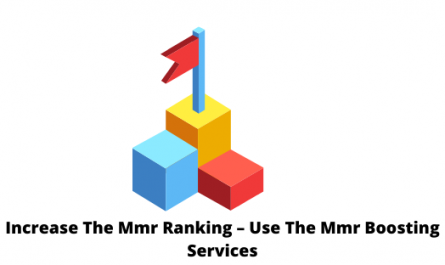Introduction
In the dynamic world of animation, digital tools have revolutionised the creative process. These tools empower animators to bring their imaginative visions to life, allowing for intricate details, fluid motion, and captivating storytelling. This blog explores the significance of mastering industry-standard software in animation, shedding light on how digital tools have become integral to the art of animation.
The Evolution of Animation Software
Animation has come a long way from the days of hand-drawn cells. The advent of digital technology introduced a new era of possibilities, enabling animators to manipulate visuals, control motion, and experiment with diverse styles effortlessly. With the evolution of animation software, animators gained unprecedented control over their creations.
Navigating Industry-Standard Software
Industry-standard animation software forms the backbone of modern animation studios. These robust software suites offer a wide range of tools and functionalities that cater to various aspects of the animation pipeline. Navigating these software platforms is essential for animators to seamlessly translate their concepts into reality.
Online Animation Courses: A Pathway to Digital Proficiency
For aspiring animators, enrolling in online animation courses offers a structured pathway to digital proficiency. These courses cover everything from the basics of animation to in-depth exploration of industry-standard software. As the animation landscape becomes increasingly digital, gaining mastery over these tools becomes a valuable asset.
Understanding the Difference Between VFX and Animation
Before delving into animation software, it’s important to understand the difference between VFX and animation. While both fields involve visual storytelling, they serve distinct purposes. Animation focuses on creating characters and objects from scratch, while VFX enhances or manipulates existing footage. The choice of software can vary based on the nature of the project.
Exploring Animation Software Suites
Leading animation studios rely on software suites that offer a comprehensive range of tools. These suites often include features for 2D and 3D animation, character rigging, motion capture, and more. Popular software like Adobe Animate, Toon Boom Harmony, and Autodesk Maya are widely used in the industry.
Enhancing Creativity and Efficiency with Digital Tools
Digital tools not only enhance creativity but also streamline the animation process. Animators can experiment with visual elements, iterate quickly, and make precise adjustments. The ability to manipulate lighting, textures, and camera angles digitally expedites the creation of captivating visuals.
Benefits of Learning Animation Online
Online learning platforms offer numerous benefits for those seeking to master animation software. Learners can access tutorials, assignments, and projects from anywhere, allowing for flexible skill development. Moreover, online animation courses often provide interactive learning experiences that simulate real-world animation workflows.
The Role of Specialized Tools in VFX
In the world of animation, specialised tools are employed for tasks like visual effects (VFX). These tools enable animators to create realistic explosions, fire, water simulations, and other complex effects. They work in tandem with animation software to achieve a seamless blend of real and imaginary elements.
Pushing the Boundaries of Animation with Cutting-Edge Software
As technology advances, animation software continues to push the boundaries of creativity. Cutting-edge tools enable animators to experiment with augmented reality, virtual reality, and real-time rendering. This innovation opens up new avenues for storytelling and interactive experiences.
Collaborative Workflows: Harnessing the Power of Cloud-Based Animation Tools
Animation often involves teamwork, and cloud-based tools facilitate collaborative workflows. With the ability to access projects and assets remotely, animators can collaborate seamlessly with team members regardless of their location. Cloud-based tools promote efficiency and enhance the creative process.
From Storyboard to Final Render: A Holistic Animation Journey
Mastering animation software involves understanding the entire animation pipeline. From conceptualising a storyboard to rendering the final animation, each stage requires different tools and techniques. A holistic approach ensures a cohesive and compelling end result.
Mastering Animation Software: Tips and Best Practices
Becoming proficient in animation software takes practice and dedication. To master these tools, animators can follow best practices such as continuous learning, exploring new features, and seeking inspiration from fellow animators. Learning shortcuts and optimising workflows can significantly boost efficiency.
Conclusion
Mastery over industry-standard animation software is essential for any aspiring animator aiming to thrive in today’s digital landscape. With the help of online animation courses, animators can bridge the gap between traditional skills and digital proficiency. Whether you’re creating whimsical 2D characters or crafting breathtaking 3D landscapes, the right digital tools empower you to transform your creative vision into captivating animations. As you navigate the vast array of animation software available, remember that each tool is a gateway to bringing your artistic imagination to life.
Inside Contents
